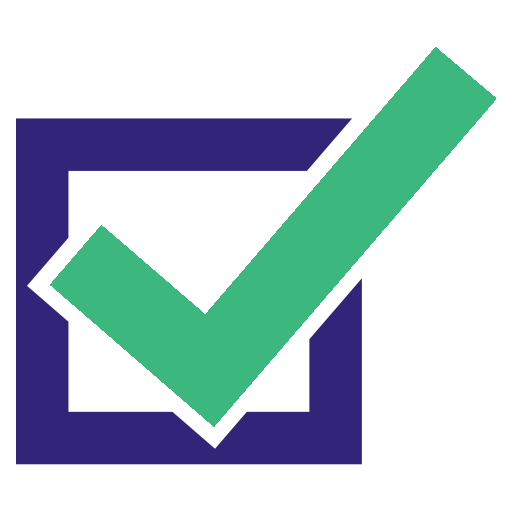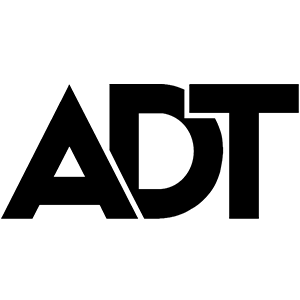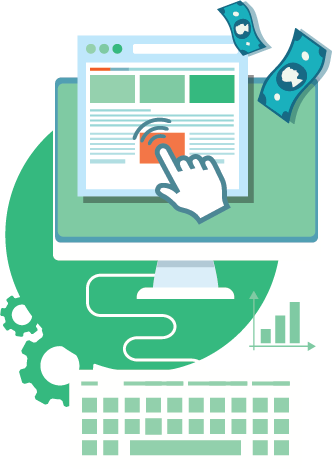By: Deborah O’Malley | Last updated July, 2020
You’ve probably heard the term Conversion Rate Optimization (CRO) and may have been told it’s a great thing to improve your website.
But, if you’re like many marketers just jumping into the digital realm, you may not fully understand what CRO is and how it can help you.
This article presents you with a primer on CRO to help demystify and answer your questions about what CRO is, why it’s important, and how it can help you.
As explained by Diggity Marketing, CRO is a system that applies data analysis and modelling to maximize the rate, or percentage, of visitors who “convert” on a website.
Web visitors are said to “convert” when they move from one stage in your conversion funnel to the next.
Conversions are often measured by major actions like purchases, or newsletter sign-ups. But, that doesn’t always have to be the case.
Conversions can also be made through a series of smaller “micro-conversions.” A micro-conversion can be seen, for example, when a customer moves on your website from the add-to-cart to Checkout page, but first decides to click and watch a product video.
The action of moving from the add-to-cart to Checkout page is the larger, more significant conversion. But, clicking and watching the video was the micro-conversion that facilitated the ultimate conversion.
Conversions can be most easily visualized through the analogy of a conversion funnel, also called a marketing, or sales funnel.

The funnel depicts the journey users take as they move through your website towards acquiring your company’s product or service.
If you search the web for a “conversion funnel,” a lot of different images and diagrams come up.

While each conversion funnel diagram has its own specific angle, the overarching idea is that, once in your site’s funnel, prospective customers go through distinct stages to decide whether or not to obtain your company’s product or service.
According to one popular consumer decision-making model, known as the AIDA model, there are four distinct steps your customers go through:
Awareness: Occurs when your customers first become aware of your company’s product or service.
Interest: Happens when users express interest in obtaining the product or service.
Desire: Takes place when prospective customers decide they want to own or be part of the product or services.
Action: Happens if the shopper becomes a buyer and takes the necessary steps to acquire the product or service.
As, this funnel image apply depicts, visitor numbers dwindle the further down each stage of the conversion funnel.

Although a lot of visitors may come in through the top, much fewer go out the bottom.
That’s because your visitors’ awareness, interest, and desires typically diminish as they’re confronted with challenges along their conversion journey. So, they don’t take action.
For example, your users may navigate to your landing page, but quickly “bounce,” or immediately leave your site, because they can’t immediately find what they’re looking for. Rather than taking the time to go through the content, they stop taking action, leave the site, and, don’t convert.
In the end, only the most committed users, with the highest conversion intent, or desire to complete the transaction, will work to overcome the challenges and obstacles encountered while navigating through your site’s conversion funnel.
Optimizing your conversion funnel to increase the conversion rate — the percentage of visitors who convert — by making each step in the process as simple and easy as possible is how you can “lift”, or increase, conversions.
And, that is the essence of Conversion Rate Optimization.
The short answer is because it brings your site more money.
But, let’s explore that idea more, with some tangible data.
According to data by SmartInsights, the average conversion rate hovered around 3% in 2020. That means of 100 visitors coming to your website, only 3 out 100 are taking the desired action you hope they’ll perform, like purchasing your product.
As a result, websites around the world are losing billions of dollars this year because they’re not optimized for their visitors!
But, small improvements can make a big difference.
Optimizing your website can deliver huge returns. In eCommerce, an optimized site means more shoppers become buyers. And, revenue increases. In the inbound or content marketing realms, an optimized site means more people will be attracted to the content and become part of the purchase funnel. In the not-for-profit realm, an optimized site may mean more donations and more frequent donor contributions.
Whatever your conversion objective, optimizing your site can help turn prospective customers into profitable ones.

At GuessTheTest.com, our aim is to help inform your digital marketing efforts with valuable and inspiring A/B tests and CRO tips, tricks, articles, and resources that help turn your ideas into profitable ones.
Note, informational articles will typically only be available to Pro Members, but are free for a limited time.
Join the Best in Test awards ceremony. Submit your best tests and see who wins the testing awards.
A primer explaining the 4 different types of tests you can run, what they mean, and how you can use each to improve your competitive testing advantage.
One of the most debated testing topics is how large does my sample size need to be to get trustworthy test results? Some argue samples of more than 120,000 visitors per variant are needed to begin to see trustworthy test results. Ishan Goel of VWO disagrees. What does he think is needed to get trustworthy test results? Listen to this webinar recording to find out.















The process of getting a higher conversion rate (CRO) is really a process of seduction, IE. Convincing a user to take a slightly more interested position with you at a high enough rate so that they are willing to do something they were not before more often.
Corey - I don't like the idea of seduction. That's dishonest and creates dis-trust. You have to act authentically, truly provide value, and highlight the benefits of your product or service in a real way that is beyond just making a lot of money.
You can use the fascinating principles of persuasive psychology and CRO to do so. A/B testing helps.
But, ultimately, it has to be about creating a meaningful, authentic, and trust"full" exchange between you and the visitor; it must be one that brings harmony and benefit for both.
Corey - Agreed. But, ideally and ethically, a conversion should not be, "I manipulate you to give me what I want/take the action I want on my website" but rather I offer you benefit, present that benefit to you, and in exchange you take the desired action on the website.